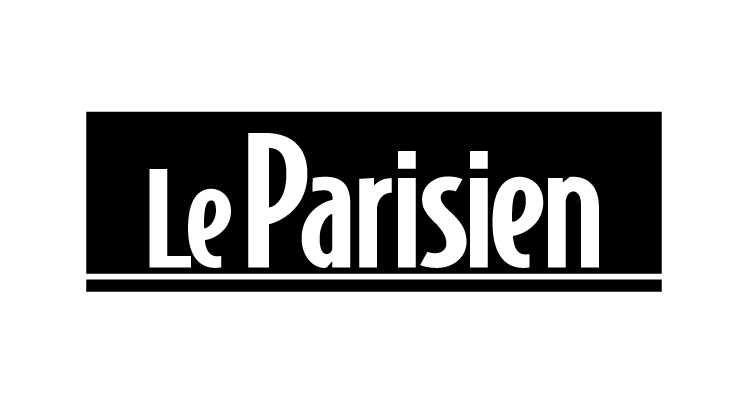Shop art print and framed art Fallen Angel by Alexandre Cabanel
Customise
Your art print
Fallen Angel OF Alexandre Cabanel
Fallen Angel
Alexandre Cabanel's mysterious masterpiece: The Fallen Angel
Considered one of the most emblematic masterpieces of 19th-century French painting, Alexandre Cabanel's The Fallen Angel is a work that continues to fascinate and intrigue. First shown in 1847 at the Paris Salon, this sublime canvas depicts a celestial being whose ethereal beauty contrasts with the dark, dramatic nature of his fall.
The historical and cultural context of the making of The Fallen Angel
In the first half of the 19th century, France and Europe were going through a great deal of political, social and artistic upheaval. It was in this effervescent climate that Alexandre Cabanel, a promising young painter, studied at the École des Beaux-Arts in Paris and won the prestigious Prix de Rome in 1845. He then stayed at the Villa Medici, the residence for boarders at the Académie de France in Rome, where he began work on The Fallen Angel.
L'ange déchu is part of the Romantic tradition, marked by a fascination with the sublime, the exaltation of feelings and the exploration of the dark areas of the human soul.
The representation of the mythical figure of the fallen angel
Biblical and literary inspiration
The character of the fallen angel has its origins in the sacred texts of the Judeo-Christian tradition, particularly the story of the angels' rebellion against God and their expulsion from paradise. Romantic literature was also profoundly influenced by the poet John Milton who, in his Paradise Lost (1667), recounts the epic tragedy of Lucifer: this angel whose fall symbolises the revolt against authority and the unattainable ideal of purity and harmony.
An image that is both seductive and troubling
In L'ange déchu, Alexandre Cabanel depicts a breathtakingly beautiful being, with majestic wings and a look imbued with melancholy. His naked, androgynous body is highlighted by soft, diffused light, contrasting with the surrounding darkness. This sensual, unsettling depiction of the fallen angel reflects the duality inherent in his condition: both divine creature and accursed rebel.
The critical and artistic reception of L'ange déchu
A resounding success at the Paris Salon
When it was presented at the Paris Salon in 1847, L'ange déchu was a resounding success with both the public and art critics. Some saw it as an allegory of romantic youth, others as an illustration of the moral decay of society. The quality of the painting, combining technical virtuosity and intense emotion, also contributed to the work's fame.
A lasting influence on later artists
This painting is a real art history lesson, as Cabanel clearly dipped his brush in multiple influences. He borrows the magnificent torso of his Lucifer from the Apollo of the Belvedere and draws the strength of his anatomy from the source of Michelangelo. The softness of the face seems to evoke the grace of Raphael's angels, while the angel's posture has a Mannerist affection. Over the decades, The Fallen Angel in turn inspired many artists, such as Gustave Doré and Odilon Redon, who revisited the theme of fall and redemption through their own creations.
The fallen angel at the Musée Fabre: an exceptional heritage to discover
Since 1868, L'ange déchu has been preserved within the collections of the musée Fabre in Montpellier, which also owns other major works by Alexandre Cabanel. The presence of this masterpiece at the Musée Fabre testifies to the richness and diversity of France's artistic heritage, and provides a unique opportunity for art lovers to delve into a world imbued with mystery, beauty and tragedy.
This artwork is a painting from the classical period. It belongs to the academism style.
« Fallen Angel » is kept at Musee Fabre, Montpellier, France.
Find the full description of Fallen Angel by Alexandre Cabanel on Wikipedia.



































